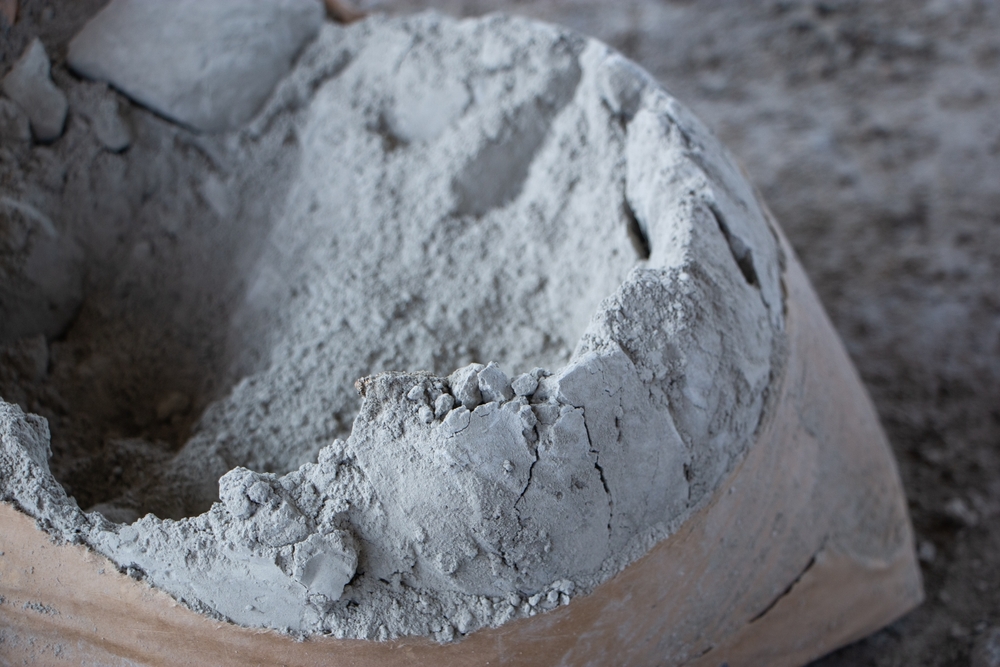What is Grey Cement?
Grey cement is one of the most widely used binder materials in the construction industry, obtained by grinding raw materials such as limestone, clay, silica and iron oxide at high temperatures. The iron oxide and other mineral components it contains give cement its characteristic gray color. Due to its high strength and economy, it has a wide range of uses from residential construction to infrastructure projects. Gray cement, which is used as the basic ingredient in concrete production, hardens by entering into a chemical reaction when combined with water and forms a durable building material. Its long life, high strength and cost advantage have made it one of the indispensable elements of the construction industry.
What is White Cement?
Although white cement has a production process similar to grey cement, it has a light, bright colour thanks to the minimal amount of colouring ingredients such as iron oxide and manganese in its content. This type of cement, specially produced for aesthetic and decorative applications, is preferred in precast elements, mosaic floors, architectural concretes and decorative plasters used in interior and exterior spaces. It provides a whiter and smoother surface compared to grey cement because it is produced from high purity materials. In addition, it offers a wide range of design flexibility thanks to its compatibility with paint and coloring processes. Offering durability and aesthetic appearance together, white cement is a material that stands out especially in decorative building projects.
What are the differences between grey cement and white cement?
Although gray cement and white cement are basically produced on the same principle, they have significant differences in terms of their content, areas of use and aesthetic properties. Grey cement has a dark color and a durable structure because it contains high amounts of iron oxide and other metal components. It is generally used in reinforced concrete structures, infrastructure projects and general construction works. White cement, on the other hand, is produced by keeping coloring oxides such as iron and manganese at a minimum level, and thus has a light, bright color.
Ideal for decorative and architectural applications, white cement is preferred in mosaic floors, precast concrete elements, special coatings and artistic designs. Additionally, while white cement easily blends with color pigments, allowing applications in different tones, gray cement is generally used with its natural color. Due to differences in production processes, white cement is generally higher in cost as it requires more refined raw materials compared to grey cement. While grey cement stands out with its durability and economic advantages, white cement offers a more suitable option for aesthetic and decorative applications.
What Should Be Considered When Choosing Cement?
Cement is one of the most critical components of building materials and choosing the right cement is of great importance for the durability, aesthetics and longevity of the project. When making a selection, it should first be evaluated whether the type of cement to be used is suitable for the project needs. For example, while gray cement is generally preferred in reinforced concrete structures and infrastructure projects, white cement may be more suitable for decorative applications and architectural details.
The strength class of the cement should also be taken into consideration during the selection process. Cements with different strength levels affect the ultimate compressive strength of concrete. In projects requiring high strength, cement types with stronger binding properties should be preferred. At the same time, the setting time of the cement should also be taken into account. While fast-setting cements provide advantages for elements that need to be removed from the mold in a short time, slower-setting types are more useful in projects that require a long working time.
The resistance of cement to environmental conditions is also an important factor in the selection process. Cement types containing appropriate additives should be preferred, especially considering external factors such as humidity, freeze-thaw cycles, and exposure to chemical effects. Using sulphate-resistant cement in aggressive environments such as sea water ensures the longevity of the structure.
It should be checked whether the supplied cement complies with quality standards. Cements supplied from reliable manufacturers and certified to comply with international or local standards are of great importance for building safety. Poor quality or incorrectly selected cement may pose serious risks in the following years by causing structural deformations, cracks and strength losses. Therefore, both technical requirements and long-term performance should be taken into consideration when selecting cement.

